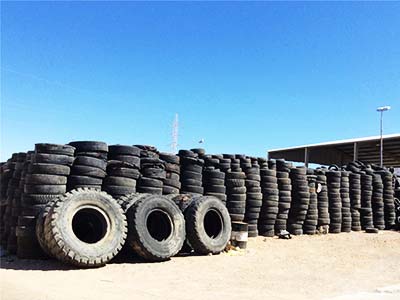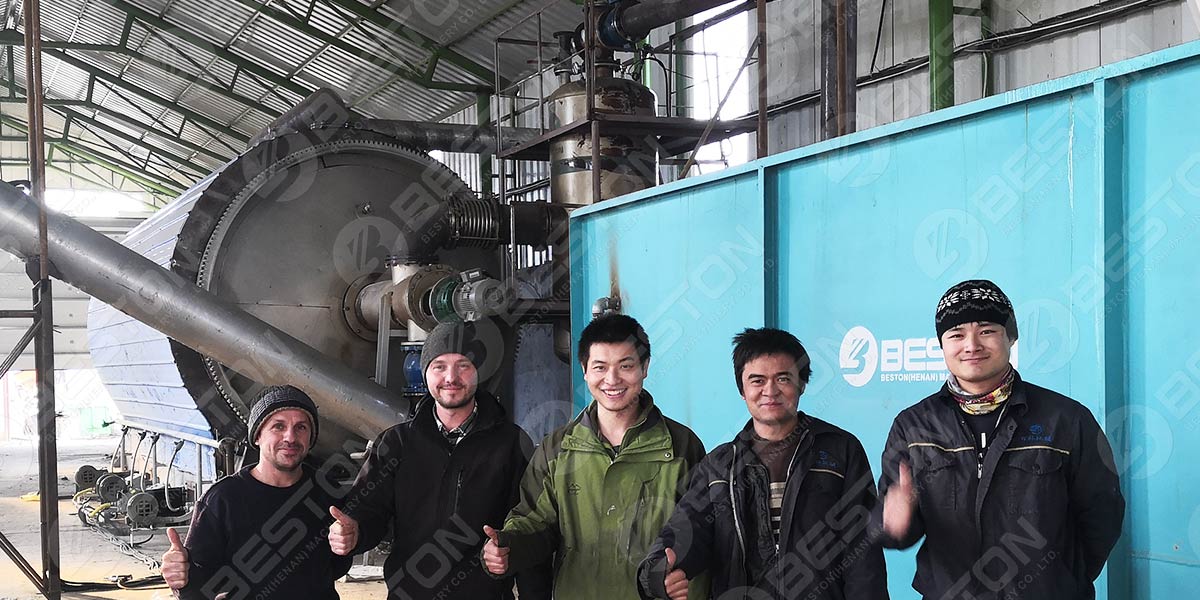Tires, ubiquitous in our modern world, are not just essential for transportation but also find applications in industries ranging from construction to manufacturing. Yet, as indispensable as they are, they pose a significant environmental challenge when discarded. Each year, billions of tires end up in landfills, posing a threat to ecosystems and human health. However, what if I told you that these discarded tires could be transformed into a valuable resource through tire-to-oil recycling?
Understanding Tire Recycling
Tire recycling is a process that aims to repurpose old, worn-out tires into useful products, reducing the environmental impact of tire disposal. While traditional methods of recycling involve shredding tires into rubber crumbs for applications like playground surfaces or road pavement, tire-to-oil recycling takes it a step further by converting tires into valuable fuel with a tyre pyrolysis plant.

The Tire-to-Oil Process
The tire-to-oil process, also known as pyrolysis, involves heating tires in the absence of oxygen to break down the rubber into its constituent components, primarily oil, gas, and carbon black. Here’s a simplified overview of the process:
- Collection and Sorting: Discarded tires are collected from various sources, including landfills, tire shops, and automotive service centers. They are then sorted based on factors such as size, type, and condition.
- Preparation: Before entering the pyrolysis reactor, tires are typically shredded into smaller pieces to increase their surface area and facilitate the pyrolysis process.
- Pyrolysis: The shredded tires are fed into a pyrolysis reactor, where they are heated to high temperatures (typically between 300°C to 800°C) in the absence of oxygen. This thermal decomposition process breaks down the rubber polymers into oil, gas, and solid residue.
- Oil Condensation: The vapors produced during pyrolysis are condensed into a liquid form, resulting in the production of tire-derived oil (TDO). This oil can be further refined into various petroleum products, including diesel, gasoline, and heating oil.
- Gas Utilization: The gas generated during pyrolysis, consisting mainly of hydrocarbons and other volatile compounds, can be captured and used to fuel the pyrolysis process itself, making the tire-to-oil process self-sustaining. The fully continuous tyre pyrolysis plant can process tires with high productivity.
- Carbon Black Recovery: The solid residue remaining after pyrolysis, known as carbon black, can be recovered and used as a valuable additive in the manufacturing of tires, rubber products, and other industrial applications.
Environmental and Economic Benefits
Tire-to-oil recycling offers several environmental and economic benefits:
- Waste Reduction: By diverting tires from landfills and repurposing them into valuable products, tire-to-oil recycling helps reduce the environmental impact of tire disposal and conserves landfill space.
- Resource Conservation: Recycling tires into oil reduces the reliance on finite fossil fuels and mitigates the environmental impact associated with their extraction and processing.
- Energy Recovery: The tire-derived oil produced through pyrolysis can serve as a renewable energy source, providing an alternative to traditional fossil fuels and reducing greenhouse gas emissions.
- Economic Opportunities: Tire-to-oil recycling by pyrolysis plant creates economic opportunities by generating revenue from the sale of tire-derived oil, gas, and carbon black, as well as creating jobs in the recycling industry.

Challenges and Considerations
Despite its potential benefits, tire-to-oil recycling faces several challenges and considerations:
- Technological Limitations: Pyrolysis technology requires significant capital investment and operational expertise, making it less accessible to smaller operators and developing countries.
- Environmental Concerns: The pyrolysis process can produce emissions and by-products that may pose environmental risks if not properly managed, highlighting the importance of stringent regulations and pollution control measures.
- Market Demand: The market demand for tire-derived oil and other recycled products may fluctuate depending on factors such as oil prices, regulatory changes, and consumer preferences.
- End-of-Life Management: While tire-to-oil recycling offers a valuable solution for end-of-life tires, efforts to extend tire lifespan through retreading and reuse should also be encouraged to maximize resource efficiency.
The Road Ahead
Tire-to-oil recycling holds promise as a sustainable solution for managing end-of-life tires and reducing the environmental impact of tire disposal. However, realizing this potential requires continued investment in research, technology development, and infrastructure, as well as collaboration among stakeholders across the tire supply chain.
In conclusion, transforming tires into oil through recycling represents a creative and innovative approach to addressing both environmental and economic challenges. By harnessing the potential of tire-to-oil recycling, we can turn what was once considered waste into a valuable resource, paving the way towards a more sustainable future. Get a sustainable solution from Beston.